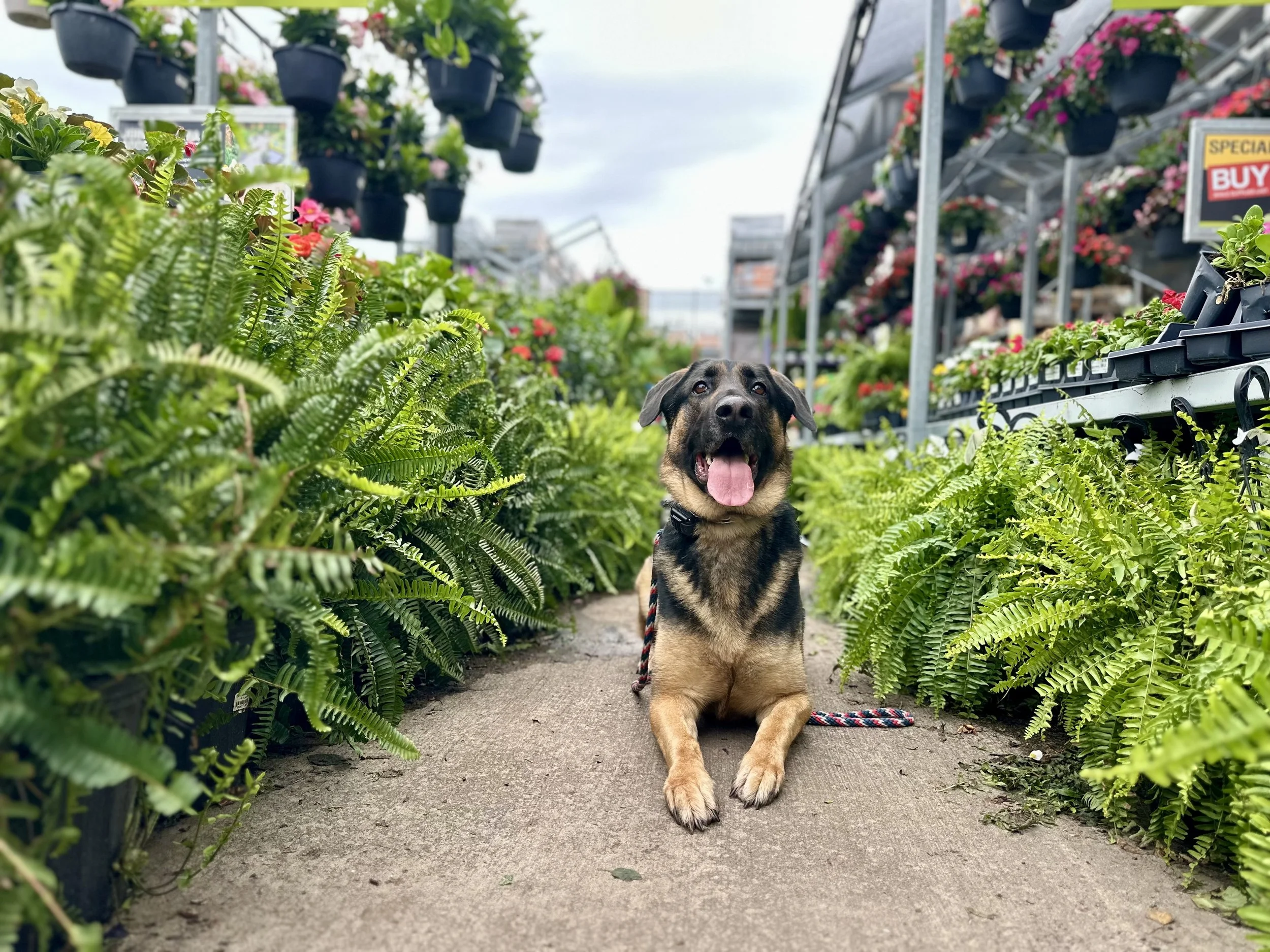
What Is the Hardest Age to Train a Dog?
If you’re a dog owner in Virginia or DC, you’ve probably wondered whether your dog’s behavior is “just a phase” or if training is getting harder for a reason. While dogs can learn at any age, there are certain developmental stages—especially adolescence—that tend to test every owner’s patience.
The Puppy Stage (8–16 Weeks): Foundations Matter
Training starts early. During the puppy phase, your dog is like a sponge—absorbing sounds, sights, and social experiences. It’s the ideal time to teach name recognition, potty training, crate comfort, and basic commands.
However, this stage also brings short attention spans and lots of distraction. Puppies may seem eager to please one day and forget everything the next. Consistency and gentle correction are key to success at this age.
Focus on:
Socialization with people and dogs
Positive reinforcement for calm behavior
Building trust through short, fun sessions
The Adolescent Phase (6–18 Months): The “Teenage” Challenge
Most trainers agree this is the hardest age to train a dog. Around six months, dogs hit adolescence—hormones surge, independence grows, and focus disappears. Commands they once knew suddenly seem optional, and testing boundaries becomes a daily habit.
Common challenges during this phase include:
Ignoring recall or leash cues
Increased stubbornness and defiance
Energy spikes and destructive behavior
Regression in previously learned skills
This is where professional help can make a big difference. Many Virginia and DC owners choose structured programs like board and train or private lessons to regain control and reestablish structure.
The Adult Stage (2–5 Years): Refinement and Routine
Once dogs reach maturity, training becomes more predictable—but habits are harder to change. Adult dogs can absolutely learn new skills, but it often takes more repetition to override old patterns.
Focus on:
Reinforcing boundaries consistently
Introducing advanced obedience or off-leash work
Keeping sessions mentally stimulating
The Senior Stage (6+ Years): Patience and Adaptation
Older dogs are capable of learning, but their pace slows down—both mentally and physically. The key is to use shorter sessions, soft praise, and patience. Many DC and Virginia owners find that continued light training keeps senior dogs engaged and confident.
The Bottom Line
The hardest age to train a dog is usually during adolescence, when hormones and independence collide. But with structure, patience, and consistent guidance, every phase can be managed successfully.
Whether you’re raising a mischievous puppy or guiding a stubborn teenager, the right training approach builds trust, respect, and long-term results—making your dog a happier, calmer companion for years to come.
